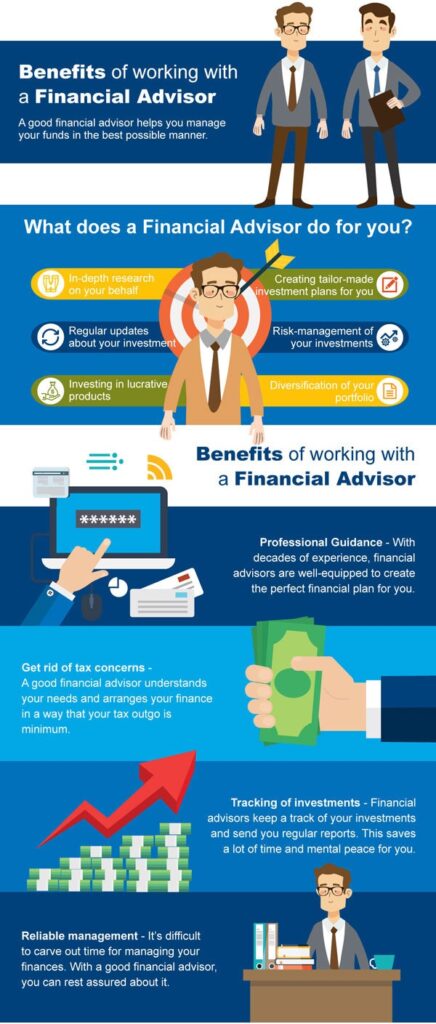Phone:
(701)814-6992
Physical address:
6296 Donnelly Plaza
Ratkeville, Bahamas.
At Get Out Of Debt Hub, we specialize in providing tailored financial advice to help you achieve your goals.
Our expert advisors are here to guide you every step of the way, ensuring you achieve your financial goals with confidence.
Our investment strategies are designed to help you grow your wealth while managing risk.
Tax planning is essential to maximizing your financial efficiency.
Ensure your legacy is protected with our estate planning services.
Our wealth management solutions are designed to help you manage and grow your assets over time.

The team at Get Out Of Debt Hub is incredibly knowledgeable and trustworthy. They guided me through estate planning and provided invaluable personal finance advice. I feel confident about my financial decisions now.

Happy client
Our team consists of highly qualified financial advisors with a deep understanding of the Sydney financial landscape.
We tailor our advice and strategies to meet your specific needs and goals.

At Get Out Of Debt Hub, our team of financial advisors Sydney brings years of combined experience in the financial industry.
We’re here to help. Whether you have questions about our services, need personalized financial advice, or want to schedule a consultation, our team is just a message away.
Ready to take control of your financial future?

